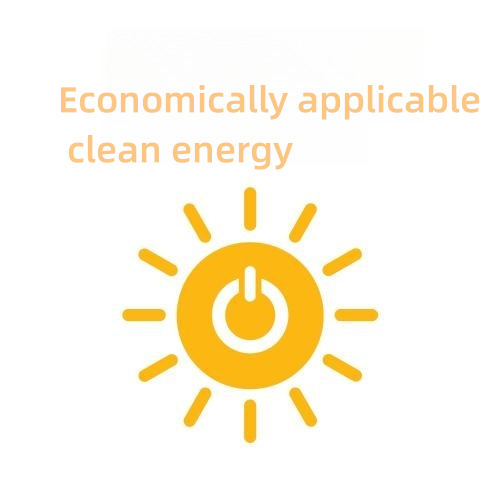The sustainable development goals (SDGs), abbreviated as SDGs, are 17 global development goals established by the United Nations to guide global development work from 2015 to 2030, following the expiration of the millennium development goals (MDGs) from 2000 to 2015.
The sustainable development goals call for collective action worldwide to eradicate poverty, protect the planet, and improve the lives and future of all people. The 17 goals were unanimously adopted by all united nations member states in 2015 as part of the 2030 agenda for sustainable evelopment. The agenda provides direction for countries around the world to achieve the 17 goals within 15 years.
Currently, progress is being made in many places, but overall, the speed and scale of progress have not yet reached the level needed to achieve sustainable development goals. Strong action must be taken in the decade from 2020 to achieve sustainable development goals by 2030.

From 1990 to 2010, the population with access to electricity increased by 1.7 billion. The world's population continues to grow, leading to an increasing demand for affordable energy. The global economy relies on fossil fuels, resulting in significant greenhouse gas emissions and causing visible impacts on every corner of the Earth through drastic climate change.
However, there is a trend towards encouraging alternative energy sources. In 2011, over 20% of global energy production came from renewable sources. One-fifth of the world's population still lacks access to electricity. With growing energy demand, global renewable energy production needs to increase significantly.
To ensure affordable electricity for all by 2030, investment in clean energy such as solar, wind, and geothermal is necessary. Adopting energy efficiency standards for a range of technologies could reduce global electricity consumption in buildings and industry by around 14%. This means building about 1,300 fewer medium-sized power plants. Achieving Goal 7 requires increased infrastructure development, promotion of technological upgrades, and providing clean energy sources for all developing countries. Achieving Goal 7 will simultaneously promote economic growth and protect the environment.
What is photovoltaic power generation?
Photovoltaic power generation refers to the direct conversion of solar radiation energy into electrical energy through the photovoltaic effect of solar cells, and is one of the main forms of solar power generation.
What are the advantages of photovoltaic power generation?
1. Economic energy saving:
Generally used for self-consumption, excess electricity can be sold to the power company through the national grid, and when there is a shortage, it can be supplied by the grid, thus saving electricity bills and receiving subsidies.
2. Insulation and cooling:
Can insulate and cool by 3-6 degrees in summer and reduce heat transfer in winter.
3. Green and environmentally friendly:
Distributed photovoltaic power generation projects have no noise, light pollution, or radiation during the power generation process, making it a truly zero-emission and zero-pollution static power generation method.